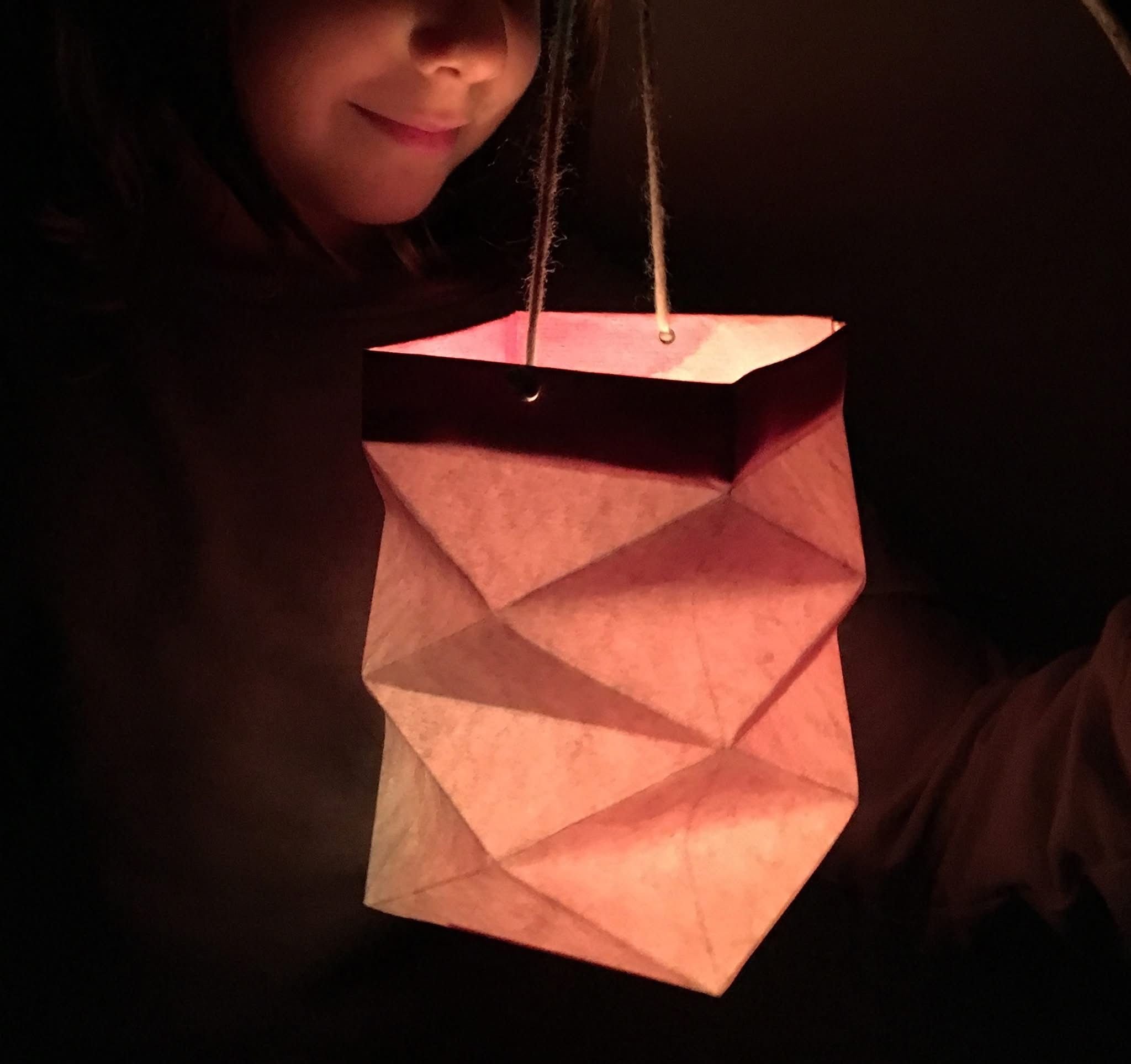The Fragrance of Memory: Halloween and All Souls’ Day
In the soft hush of autumn, when daylight recedes and shadows lengthen, the celebration of All Saints invites us into a moment of luminous remembrance. Rather than a time of fear or disquiet, it becomes a time to turn gently toward the light that does not fade, the quiet flame of what we have loved and continue to carry in our hearts.
The young child need not confront the spectacle of horror or frightening masks that commercial celebrations often bring. For the younger child the festival reaffirms the goodness of the world.
Instead, we can offered simple gestures of remembrance: a candle, a lantern, a table with flowers and photos that speak of our beloved, life and transformation.
The heart of the matter
When we light a candle in the dusk, we perform a small cosmic gesture: we recognize that light lives even in darkness. The memory of those we love is not a lingering sorrow, but a flame we carry and so the festivals become not a farewell, but a promise of shared light, present and abiding.
Chrysanthemum - Piet Mondria - 1906
Light over fright
Rather than emphasizing fear or the grotesque, we can invite children into a ritual of remembrance by:
Telling a story of someone we loved, recalling a moment of kindness or a shared laugh, without invoking death as an end, but as part of life’s unfolding.
Lighting a beeswax candle together, placing it on a window-ledge or small altar: the wax’s gentle scent, the flicker of flame become symbols of memory and presence.
Taking a short walk at dusk, calmly and softly, allowing the children to feel the subtle shift of light and come to trust the dark as the keeper of treasures, not just fear.
Age-wise wisdom
In recent years, alongside this gentle celebration, the modern and commercial version of Halloween has spread, often filled with images of fear, horror, and mockery of death.
The theme itself is not harmful — for even the grotesque has its place in human development — but the key lies in when and how it is introduced.
The sense of the grotesque, which allows us to laugh at darkness and transform it through irony or disguise, belongs to pre-adolescence (around 14 years and beyond).
At that age, young people can face the contrast between light and shadow with consciousness and humor.
In the golden years of childhood (0–7 and 7–14), it is instead essential to nourish inner positivity, trust in the goodness of the world, and the sense of beauty and harmony: the foundations of moral and emotional health for the adult to come.
Exposing little ones to fear or violence, even in play, can confuse their inner sense of safety and disturb their experience of the world as a good and ordered place.
Better, then, to prepare a lantern, light a candle, a gesture of light — a visible sign of life’s continuity.
The tradition of celebrating Halloween is rooted in the ancient Celtic festival of Samhain, which marks the end of summer and the harvest, and the beginning of the dark winter. This festival is a time when the veil between the physical and spirit worlds is believed to be at its thinnest, allowing spirits, fairies, and ancestors to cross over.
When we live in communities where this tradition in felt and participated, we can reframe Halloween away from frightening, gruesome, or commercial themes, and focus on the holiday's more meaningful elements.
The celebration centers on rekindling the spirit of community, honoring ancestors, and reflecting on the transition to winter.
The Pumpkin Path: the Halloween tradition of the jack-o-lantern, stems from the original European custom of carving faces into root vegetables like turnips to ward off spirits on the Celtic festival of Samhain. The specific name "jack-o'-lantern" comes from the Irish folktale of Stingy Jack, who, after being tricked by the devil, was given a burning coal to light his way through the night in a hollowed-out turnip. Irish immigrants brought this tradition to America, where the larger, more readily available pumpkin eventually replaced the turnip. We cans hold a "Pumpkin Path," a glowing lantern-lit trail that guides children through scenes and stories from fairy tales.
Hand-carved pumpkins: we can participate in the tradition by carving pumpkins to light the path.
Meaningful, handmade costumes: unlike generic, store-bought costumes, we can encourage kids to wear costumes that are handmade, creative, and related to nature, mythology or storybook characters.
Lighting candles in colourful handmade lanterns
Celebrating Light Through Remembrance
Lanterns: simple paper or fabric lanterns held by children as they walk together: each light a symbol of every soul remembered.
Harvest sharing: small ritual of offering a piece of bread or a fruit to someone else: a gesture of thanksgiving and community.
Story-telling circle: in a quiet evening, adults and children share a gentle tale or an anecdote from a loved one’s life: this becomes a seed of gratitude rather than loss.


